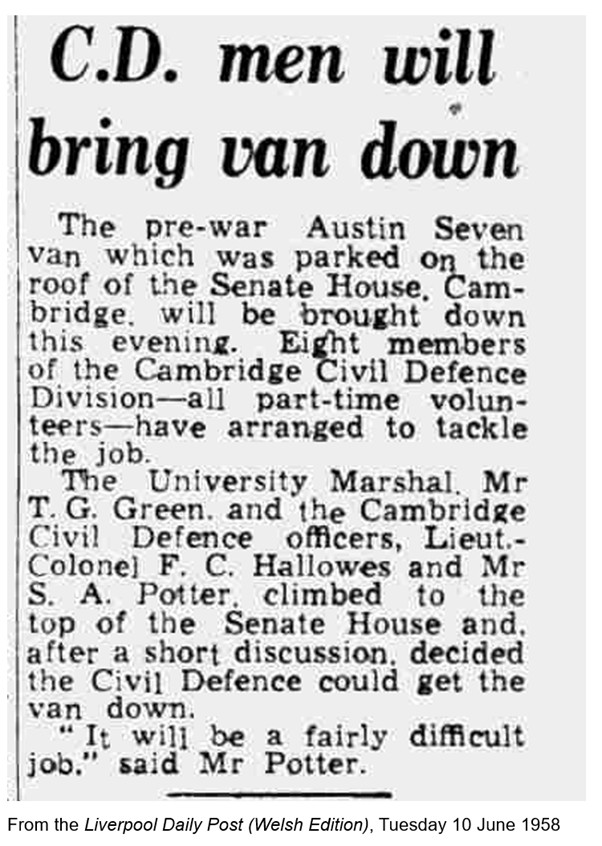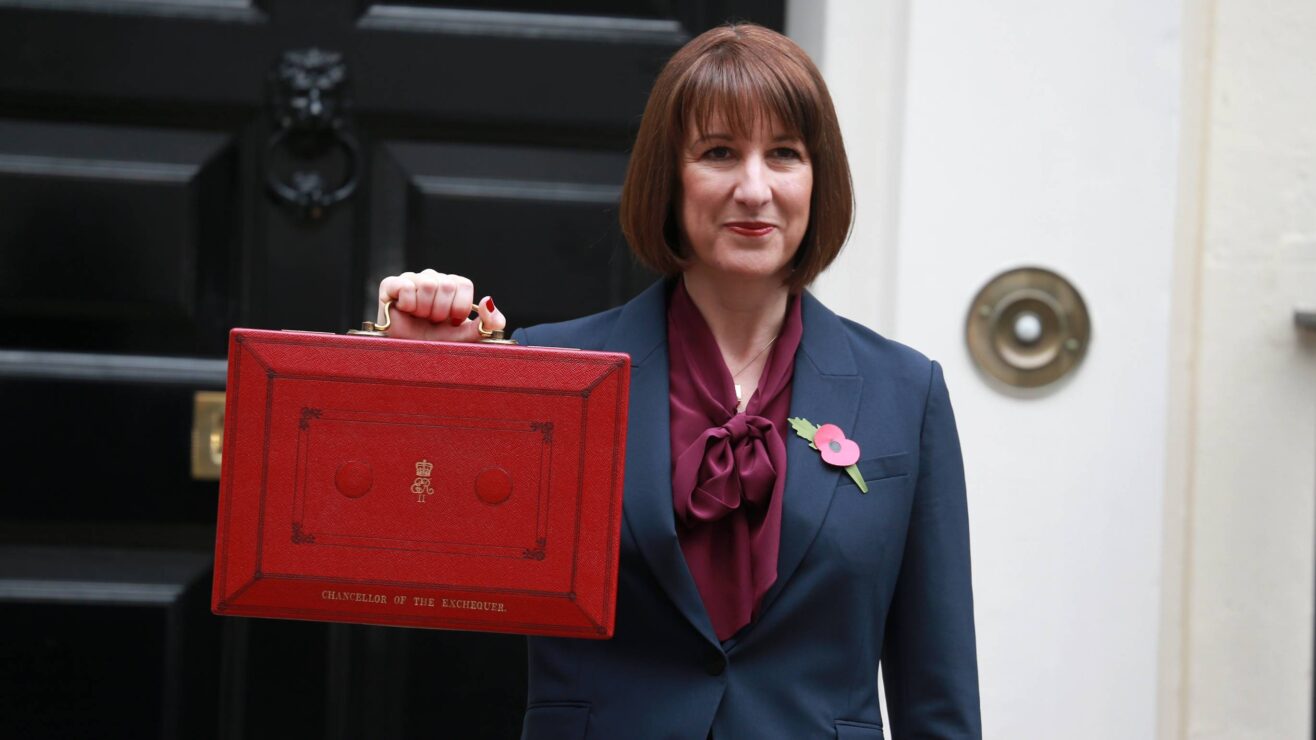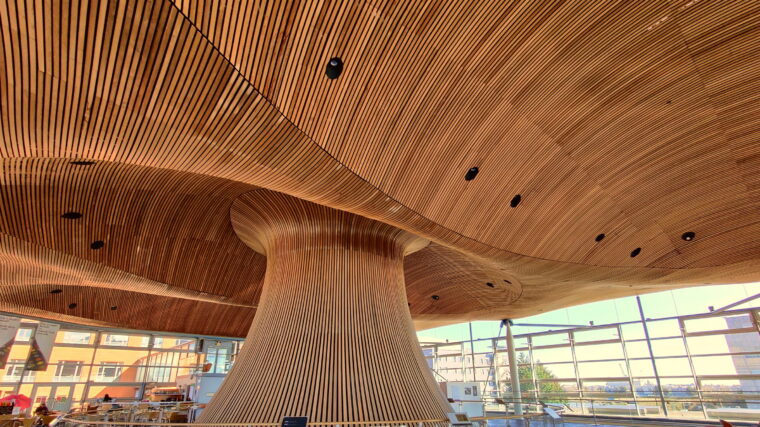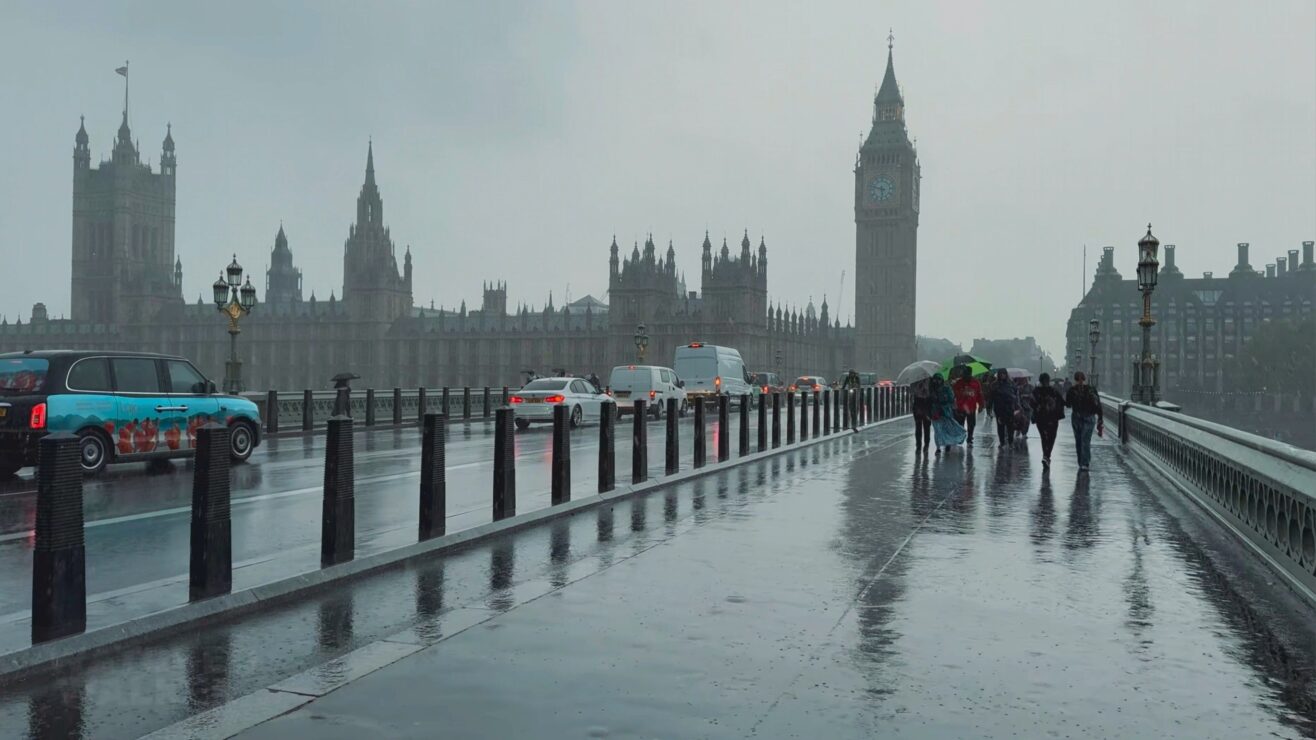Greetings from Cambridge!
Today’s card shows the Senate House at the University of Cambridge. Building started in 1722, the Senate House opened in 1730, and it was completed in 1768 (yes, that is the right order of events). It was designed by the Jameses Gibbs and Burroughs (the latter being master of Gonville and Caius); woodwork by James Essex the Elder; and ceiling plaster by Artari and Bagutti.
As the name suggests, it was built as a meeting place for the university’s senate. And until 1926, the senate was a very big deal at Cambridge, being the governing body, in charge of everything. And since its members comprised everybody who held a Cambridge MA, it was a quite a thing to get a decision made. (I’ve blogged previously on the Microcosmographia academica, which is concerned with the politics of getting things agreed within the University of Cambridge senate).
In 1926 things took a turn for the senate – its governance functions were given to the Regent House. Senate is now mostly responsible for electing the university’s chancellor and for electing the High Steward, who oversees senate procedure.
There’s currently an election on for the University of Cambridge chancellor, which is all very exciting. For certain values of exciting. There’s ten candidates, including a big ticket HE name (Lord John Browne, he of the Browne review); big political names (former MP and cabinet minister Lord Chris Smith; Brexit campaigner Gina Miller); and the ubiquitous Sandi Toksvig. Voting takes place in person at the Senate House for two days in July; or online for about a week in July.
When it’s not being used for cancellarial (it’s a real word, honest) elections – which is most of the time, in fact – Senate House is also used for graduation ceremonies at Cambridge. I’ve written before about one aspect of these; safe to say that there’s lots of other local peculiarities. At Cambridge, for example, each graduation is a separate decision of the governing body, so a special meeting of the Regent House (and before then, of the senate) is held for each ceremony. I suspect this may be where be get the notion of the degree congregation, which language I’ve heard used at other universities.
There’s also an order of precedence for the colleges at graduation, established in the Statues and Ordinances. It is: King’s College, Trinity College, St John’s College, Peterhouse, Clare College, Pembroke College, Gonville and Caius College, Trinity Hall, Corpus Christi College, Queens’ College, St Catharine’s College, Jesus College, Christ’s College, Magdalene College, Emmanuel College, Sidney Sussex College, Downing College, Girton College, Newnham College, Selwyn College, Fitzwilliam College, Churchill College, Murray Edwards College, Darwin College, Wolfson College, Clare Hall, Robinson College, Lucy Cavendish College, St Edmund’s College, Hughes Hall, and Homerton College. And this isn’t strictly the order in which the colleges were established or admitted as colleges. If anyone knows why, please let me know!
Senate House has seen its share of high jinks. Most notable, perhaps, is the 1958 incident where students contrived to place an Austin Seven on its roof. Here’s the Liverpool Daily Post, reporting with an admirable straight face on plans for its retrieval.

Eagle eyed readers may remember that this stunt was followed by a similar, suspending an Austin from the Bridge of Sighs.
Here, as always, is a jigsaw of the card – hope you enjoy it.












